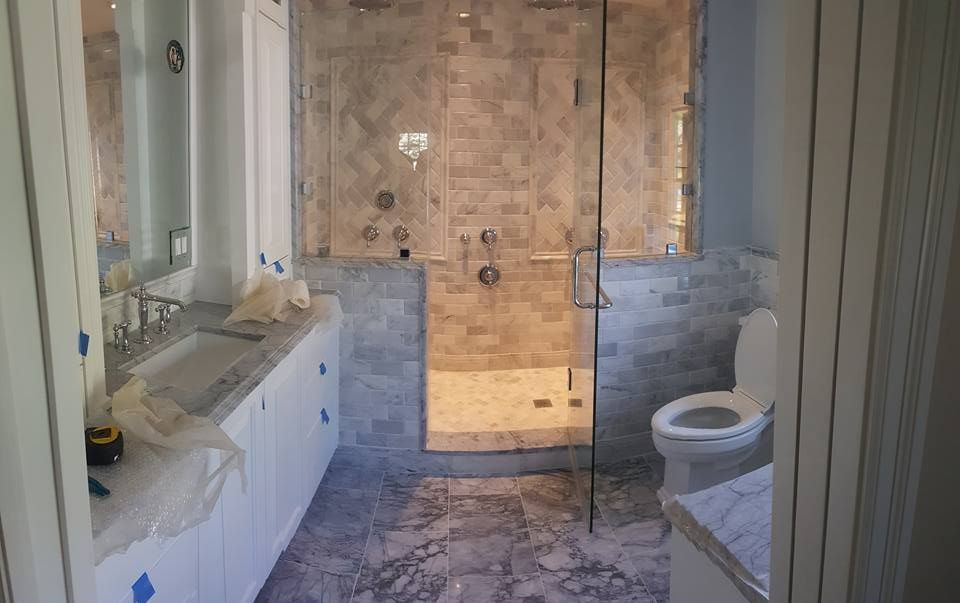Did you know that homeowners with pre-1992 toilets could be flushing hundreds of dollars down the drain every year? Each flush on an old, regular-flush toilet uses anywhere between 3.5-7 gallons of water. In comparison, standard low-flush toilets use only 1.6 gallons or less per flush. Some ultra-high-efficiency models use no more than 1.28 gallons of water per flush.
When you do the math, it becomes apparent how an inefficient toilet can add a few cents to your water bill each time you flush. A year’s worth of toilet use could easily turn those cents into dollars. Reducing the amount of water required per flush will instantly shave a few dollars off your water bill.
According to the EPA, replacing an inefficient toilet with a low-flush model can reduce the amount of water required per flush by 20%-60%. These reductions could help you save upwards of $110 per year and at least $2000 over the lifetime of your toilet.
Can your home use a low-flush upgrade? Let us help you decide.
What Are Low-Flush Toilets And How Do They Work?
Following the 1992 Energy Policy Act, all toilets sold within the US were legally required to use only 1.6 gallons or less per flush. Courtesy of these environmentally conscious regulations, low-flush toilets became popular almost overnight.
Modern low-flush toilets clear waste using one of two methods – pressure-assistance or gravity. Pressure-assisted models use pressure tanks that compress air pockets, adding more power to the water that flows into the bowl during each flush. Gravity toilets flush when you remove the flapper, allowing water to flow down from the tank and clear the bowl’s content through gravity.
High-efficiency toilets reduce water costs even further by providing multiple flush controls for liquid and solid waste. Liquid waste requires as little as 0.8 gallons of water while solid waste uses 1.6 gallons at most.
How Much Money Can You Save?
Although low-flush toilets are economical, the actual savings on water costs vary by household. The variables that affect how much you can save by switching to low-flush toilets include:
Number of Toilets
The more toilets your home requires the higher your replacement cost. Replacing multiple inefficient toilets with low-flush models will offset the replacement cost in a few months or years and increase your overall savings on water costs.
Age Of The Toilet
Upgrading from a pre-1992 model to a low-flush toilet will drastically reduce your water bill. However, switching from a low-flush toilet to an ultra-high efficiency model will result in negligible monetary savings.
Type of Water
Homeowners connected to the municipal water supply network will enjoy greater savings on their water bills than homeowners with private water sources.
Household Size
Large families that naturally flush more will instantly experience significant cost savings whereas smaller households will watch the savings compound over time.
Would You like to Reduce Your Water Bill?
A well-done toilet replacement can help you save your hard-earned money. But, we understand that it is not the most exciting job in the world. Leave it to us, the best plumbers in Collegeville, PA. Our experts can help you pick the right toilets for your home and even install them. Call our offices today to book your appointment with our plumbers in Limerick.



